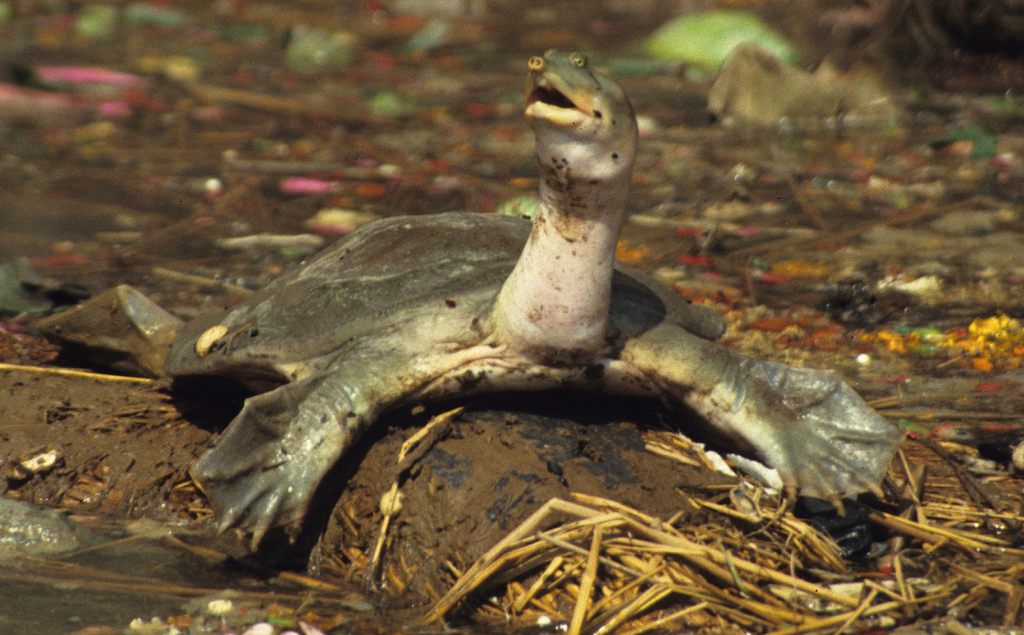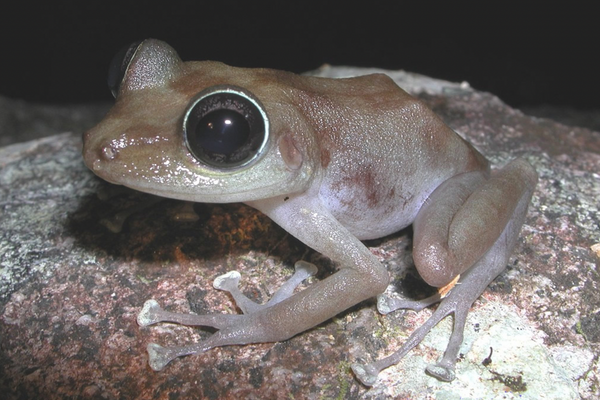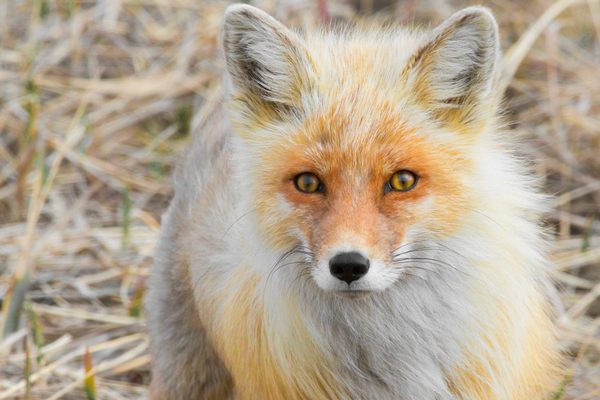What Became of India’s Corpse-Eating Turtles?
 Ganges riverbank in Varanasi (image by Jeeheon Cho / Wikimedia)
Ganges riverbank in Varanasi (image by Jeeheon Cho / Wikimedia)
The Ganges is the largest river in India, providing water to more than 500 million people. It also has extremely important religious significance in Hindu culture — personified as the goddess Ganga, Hindu faith holds that bathing in the river can absolve one’s sins, and that anyone who is cremated on the river’s banks, or whose ashes are submerged within it, will achieve salvation.
 Devotees taking holy bath during festival of Ganga Dashara (image by gbSk / Wikimedia)
Devotees taking holy bath during festival of Ganga Dashara (image by gbSk / Wikimedia)
The Ganges is also one of the most polluted bodies of water in the world. In 2012 it was estimated that nearly 89 million liters of raw, untreated sewage is dumped into the river from the 12 different towns along its banks. There are also 150 industrial plants along the river releasing effluents into the water, not to mention the vast unquantified agricultural runoff that enters the river during monsoons. And then there’s the “necrotic pollutants”: hundreds of human and animal corpses a day are released into the river, as well as up to 50 tons of ash from crematoria.
 Funeral on the Ganges (image by Steve Hicks / Wikimedia)
Funeral on the Ganges (image by Steve Hicks / Wikimedia)
Back in the early 1990s, the government hit upon a strange and novel solution for the problem of the corpses: flesh-eating turtles. This unusual plan was made easier by the fact that Trionyx gangeticus, a soft-shelled species found in and around the Ganges, had already demonstrated a taste for deceased flesh by raiding extinguished funeral pyres. In addition, turtles also have religious significance, so it was culturally acceptable for people to imagine the final fate of their physical selves as food for the aquatic creatures.
 Ganges soft-shelled turtle (image by gnozef / Flickr)
Ganges soft-shelled turtle (image by gnozef / Flickr)
Some $32 million was spent on the program, and about 25,000 turtles were released into the Ganges over a decade. The animals were bred on a governmental farm in nearby Banares, raised on a diet of exclusively dead fish so that they wouldn’t develop a taste for the living as well. ”They eat everything — everything except the bones,” said a worker on the farm back in 1992. Ten adult turtles could consume an entire human body in two days.
So what happened? Well, the plan didn’t really work. It was plagued by corruption and mismanagement, and though plenty of forethought was put into raising the turtles, not so much attention was paid to seeing that they survived in the wild after their release, and as a result, they were poached and killed in large numbers. As Richard D. Connerney wrote in his book The Upside Down Tree, “In lieu of effective policies that would prevent the dumping of half-burned bodies into rivers and streams, India had turned to this innocent turtle to solve its problems.” Ultimately, thousands of turtles died or disappeared, and the Ganges remains a toxic soup today.












Follow us on Twitter to get the latest on the world's hidden wonders.
Like us on Facebook to get the latest on the world's hidden wonders.
Follow us on Twitter Like us on Facebook